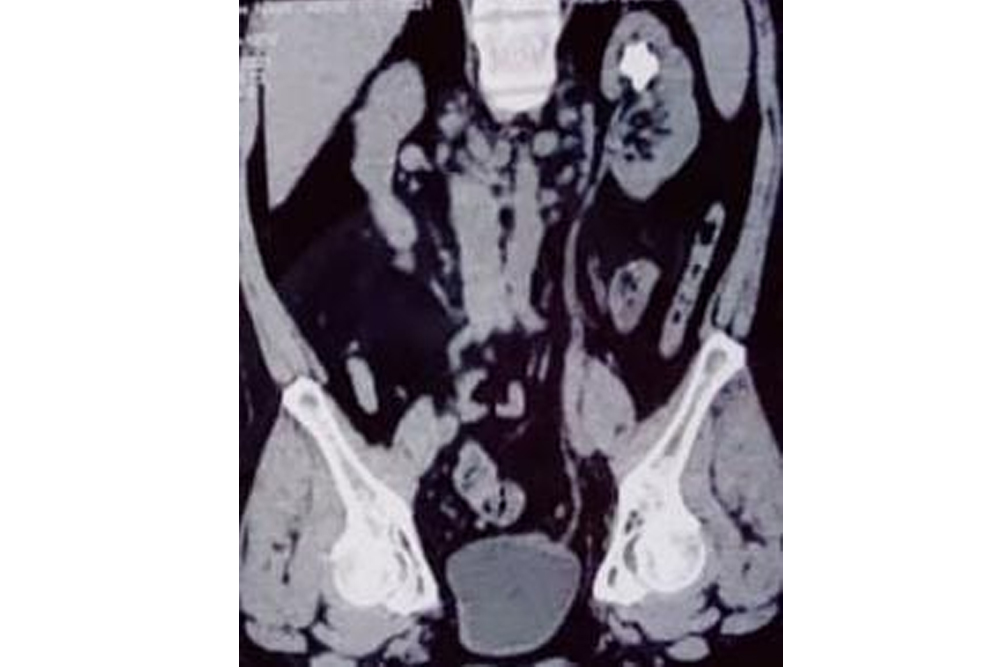
Kidney Stones Treatment in Mumbai
What are Kidney Stones
It is a solid mass consisting of millions of microscopic crystals arranged in a crystalline structure. Most kidney stones form where urine exits the kidney tissue and is collected by the urinary collecting system. Kidney stones can be as small as a pebble or grain of sand, but most are much larger.
It is the kidneys' job to maintain the body's water, mineral, and salt balance. Urine is the end product of this filtration process. When calcium and oxalate are overly concentrated in the urine, they can form crystals. When crystals stick together and form a lump, they are known as kidney stones.
The presence of Kidney Stones in the human body can cause immense pain and discomfort. It becomes essential to get rid of the stones so that the normal activities of life continue uninterrupted. There are different procedures to get rid of the stones. If the stone is large and cannot be passed off through urination and gets stuck in the urinary tract, then surgery becomes the obvious choice.
There are different kinds of procedures available to treat the problem and one such treatment procedure is the Laser Kidney Stone Surgery.
This kind of surgery is minimally invasive in which a patient is under the effect of anaesthesia and a scope (camera) is passed throught the urinary passage. This makes it possible to access the stones in the bladder, ureter & kidney.
Holium laser energy is passed through the instrument to the stone, which is then broken into pieces. A small basket is used for removal of the stones through the urethra and some pieces can pass through the urine.
Different endoscopic procedures of stone removal are Cystolithotripsy, Ureteroscopy, RIRS and PCNL. All are done via laser without any scar on the body
 Call For Appointment
Call For Appointment